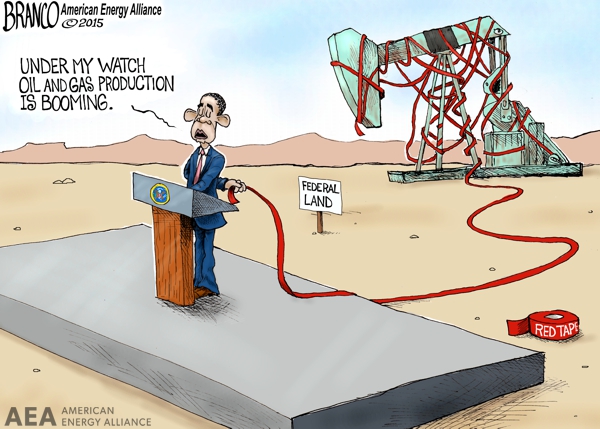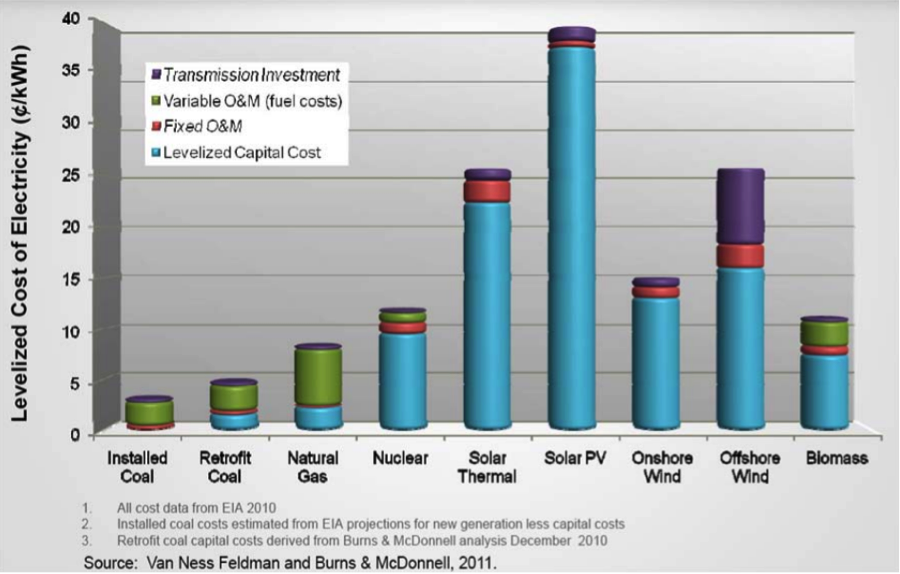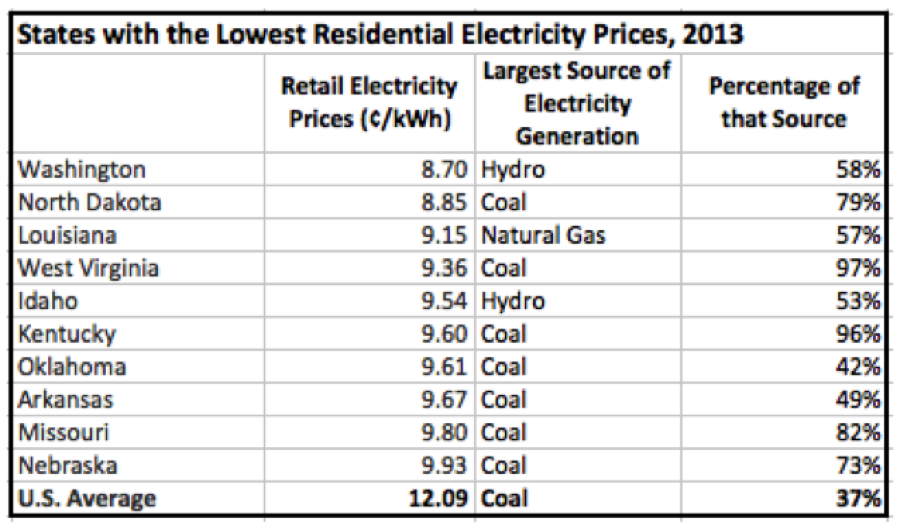The Interior Department announced a proposal this week to designate 12.28 million acres of the Arctic National Wildlife Refuge (ANWR) as wilderness. In a White House video, President Obama claimed a wilderness designation would “make sure that this amazing wonder is preserved for future generations.” But it seems the federal government doesn’t even know the actual size of the “amazing wonder” it wants to preserve.
The Fish & Wildlife Service (FWS) lists at least three different acreage estimates for ANWR, with a range of 500,000 acres. That discrepancy is equivalent to misplacing more than 11 cities the size of Washington, D.C.[i] This begs the question: if the feds don’t know how big ANWR is, are they really its best stewards?
FWS: ANWR is 19.3 Million Acres
Consider the following screenshot in which FWS claims ANWR is 19.3 million acres. It can be found in a section of the FWS website titled “Facts & Features”:
 FWS: ANWR is About 19.64 Million Acres
FWS: ANWR is About 19.64 Million Acres
Now consider this next screenshot. We found it in the first chapter of FWS’s new draft ANWR Comprehensive Conservation Plan. Here FWS claims that ANWR is not 19.3 million acres, but actually 19.64 million acres. For context, the difference between those two figures is like losing an area of land the size of New York City[ii]:
Careful readers will notice the footnote in the above screenshot. The footnote informs readers, “Acreages in this Plan are derived from many sources and may not agree with previously published values.” In other words, the people tasked with protecting ANWR don’t even agree on how big ANWR actually is.
Interior Department: ANWR is 19.8 Million Acres
The disagreement only deepens with the Department of Interior’s press release announcing the Comprehensive Conservation Plan. The press release claims that ANWR is neither 19.3 million acres nor 19.64 million acres, but actually 19.8 million acres—or 500,000 more acres than the lowest estimate from FWS’s “Facts & Features” page:
 FWS now says ANWR is 19.64 Million Acres
FWS now says ANWR is 19.64 Million Acres
FWS states in its recent planning update that “the size of the Refuge was previously published as 19.3 million acres but is listed in the Revised Plan as 19.64 million acres.” But this still begs the question: why does Interior’s press release claim ANWR is 19.8 million acres?
Oil Production Would Require Just 2,000 Acres
In 1980, Congress set aside 1.5 million acres of ANWR for future study of its energy resource potential, known as the “1002 Area.” The U.S. Geological Survey estimates that ANWR’s 1002 Area, which the administration’s proposal would put off-limits, has an expected value of 10.4 billion barrels of recoverable oil that could be produced at a rate of about one million barrels of oil per day.[iii]
Energy resources in the 1002 Area could be developed using merely 2,000 acres, or less than 0.01 percent of ANWR’s total area.[iv] Regardless of the size of ANWR, the FWS’s inability to figure out the size within 500,000 acres makes us wonder: what’s wrong with allowing energy production on a mere 2,000 acres?
Click here to read IER’s fact sheet on ANWR.
[i] Washington, D.C. is 43,712 acres. See http://www.census.gov/geo/maps-data/data/gazetteer.html
[ii] New York City is approximately 300,000 acres. See http://www.census.gov/geo/maps-data/data/gazetteer.html
[iii] U.S. Geological Survey, Arctic National Wildlife Refuge, 1002 Area, Petroleum Assessment, 1998, Including Economic Analysis (April 2001), http://pubs.usgs.gov/fs/fs-0028-01/.
[iv] Energy Information Administration, Potential Oil Production from the Coastal Plain of the Arctic National Wildlife Refuge: Updated Assessment, 3. Summary, http://www.eia.doe.gov/pub/oil_gas/petroleum/analysis_publications/arctic_national_wildlife_refuge/html/summary.html. See also, Arctic Power, Top 10 Reasons to Support Development in ANWR, http://www.anwr.org/topten.htm.





